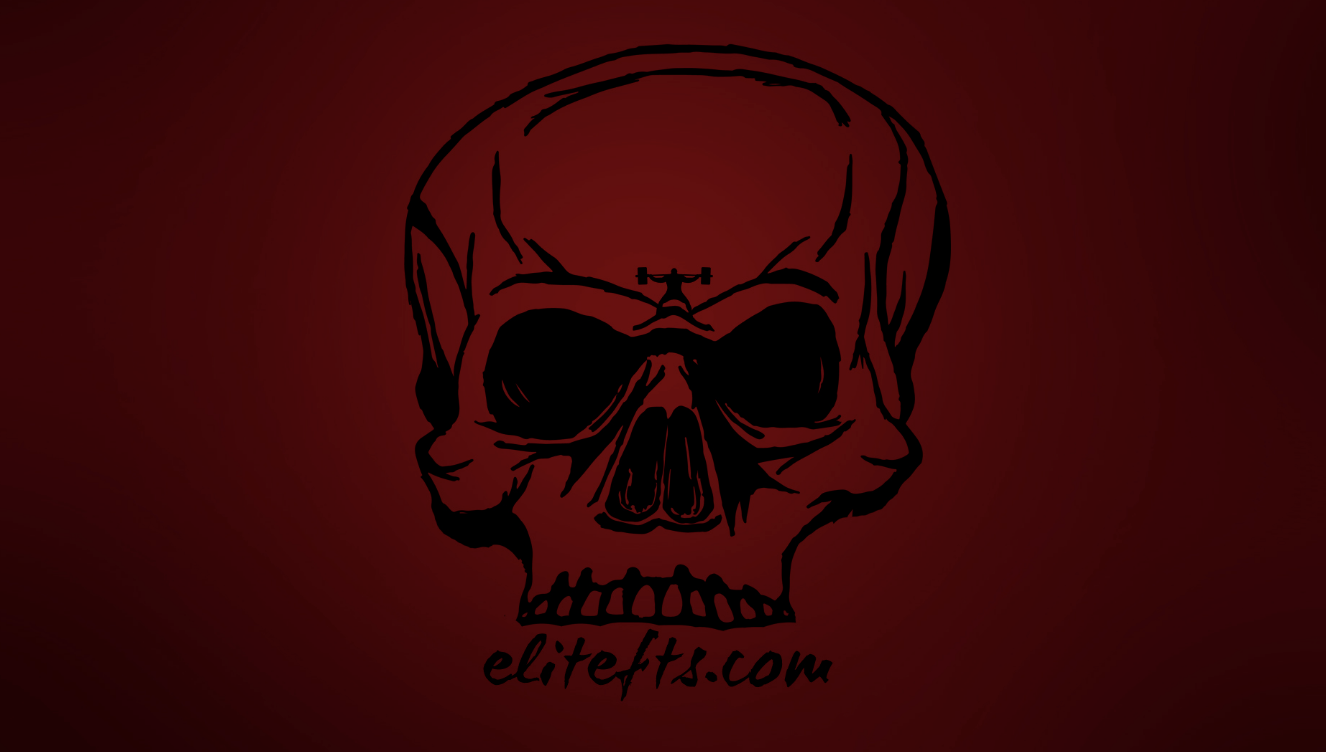
I'm guilty.
After training for almost 40 years, I have overlooked training one of the most important muscles to help stave off back pain, increase stability of the spine, and simply help to hold my guts in. As silly as I feel for overlooking this muscle group (for reasons I will get into in a moment), most all of you reading this have done the same thing. By the end of the coach log, I hope you change your mind.
I have experienced every symptom or side effect of not training this muscle group. Still, I would scratch my head, find an answer, fix the problem, and continue to create a weak link. The 3 main symptoms I had were:
Symptoms of Weak Obliques
- back pain (in my case it was chronic for years)
- significantly decreased strength for any compound ab exercise
- stomach distention
Now, I concede that those symptoms don't scream weak obliques, but they damn sure should have had me considering an oblique weakness long before a couple of months ago. Before you dismiss this coach log because I used the word "obliques" (and obliques get about as much attention as an article about cardio), at least hear me out because you will likely find the information useful. If you don't, at least you listened, pondered it, and then decided you don't need it.
I actually did oblique work once. The problem is that I did oblique work back in 1985; I was 14 or 15 -years old. One day I was playing a pick-up game of basketball—shirts and skins. I was skins. I was in pretty good shape—better than most kids my age, and I was known to be one of the "muscle guys" in school. One of my friends points at my waist and says, "I know those (obliques) are muscle but they look like fat." Askant, I remember thinking, "WTF? For real??" I didn't say it but when I got home I analyzed my physique in the mirror for quite some time. I came to the conclusion that heavy, weighted side bends were making my obliques grow too big. From that day forward, I have not trained them (directly), and I have always believed that direct oblique training is and was a horrible idea.
Fast-forward a few decades.
Though I have successfully worked through horrible back injuries, I delt (you see what I did there) with them for a long time. I also have struggled with abdominal distention as I have aged. Though my abdominal wall is strong, all compound ab exercises are brutally difficult. My main focus was the distention, of course. I have been studying and researching how or why aging bodybuilders struggle with this phenomenon.
I have improved my distention considerably by strengthening my TVA with vacuums. It was while I was researching the function of the TVA that it hit me; I felt that I might be missing something when I shelved direct oblique training years ago.
Roughly 4 weeks ago, I added direct oblique work, but I have been careful to not use absurdly heavy resistance like I was using when I was younger. The results have been fantastic, and they have contributed to the decrease in my distention and overall waist measurement. I already have narrow shoulders, so decreasing my waist measurement (and distention), will most definitely improve my shoulder-to-waist ratio.
Oblique Exercises
I was careful to use only the exercises that I feel would provide moderate resistance versus doing something like heavy, weighted side-bends. I also refuse to do oblique "crunches" sideways on a hyper-extension. Instead, I have been using these 3 exercises below. I recommend 3 sets of 15-20 repetitions for each exercise. Use a weight that you can feel the obliques working, but these sets should not be performed to failure or with the intensity that you would use to train a large muscle group.
Standing Cable Oblique Crunch
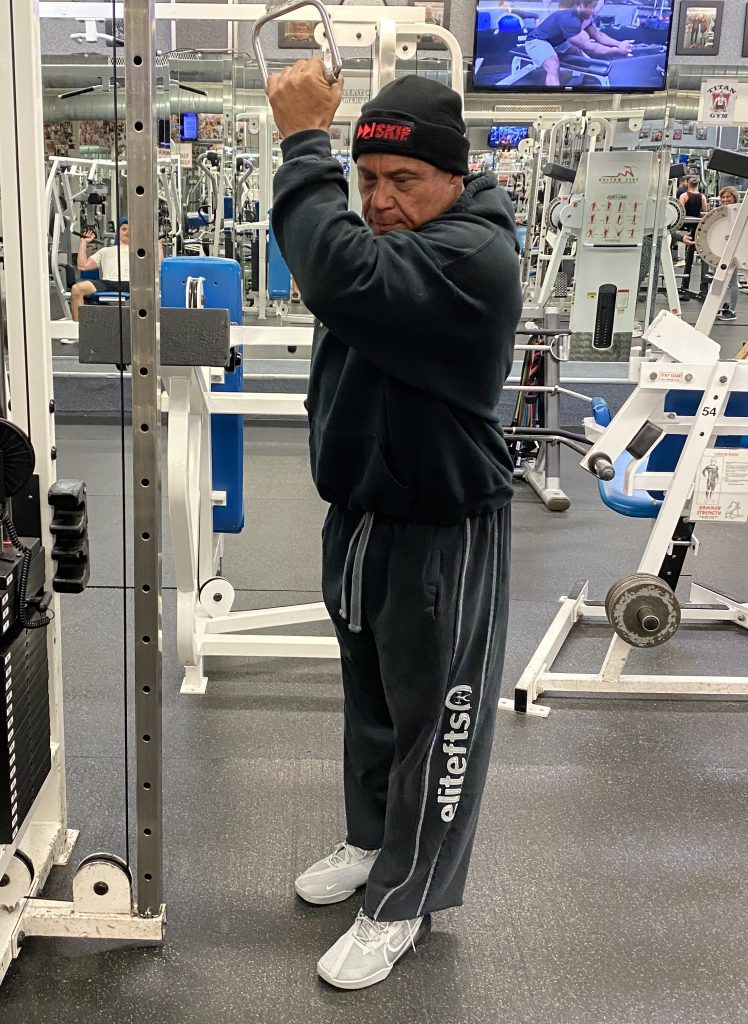
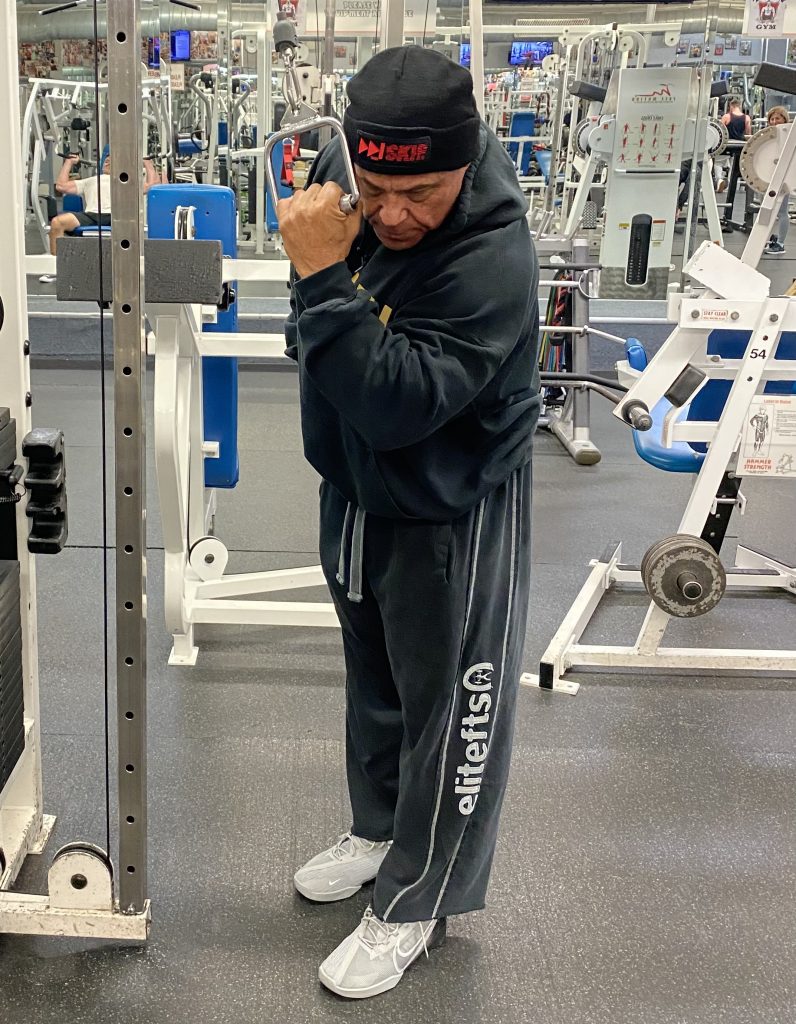
Twisting Oblique Crunch
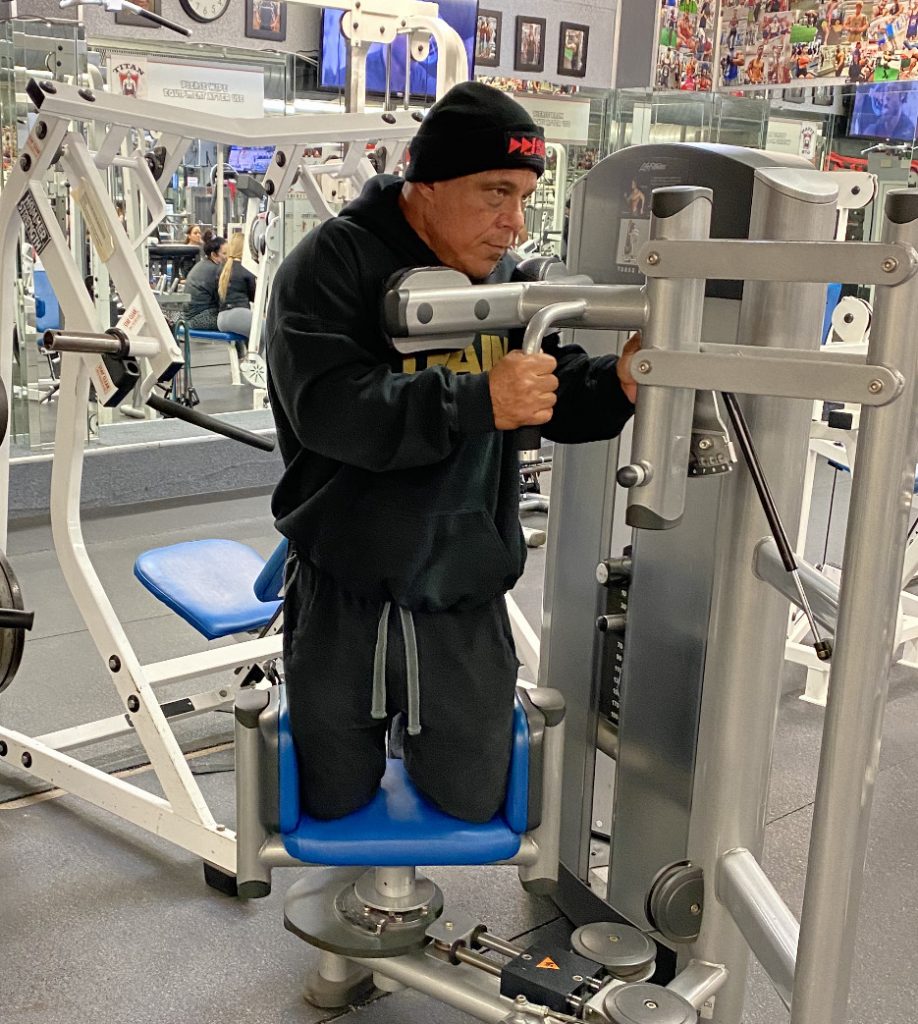
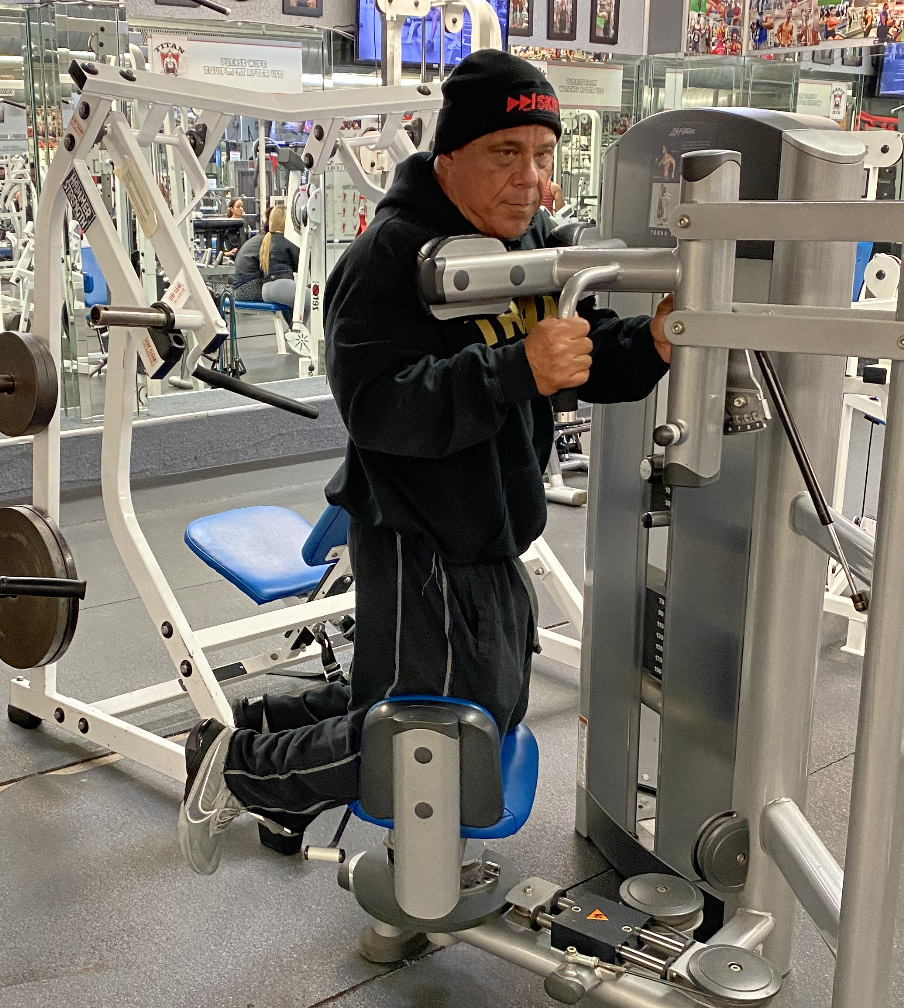
Side Plank Crunch
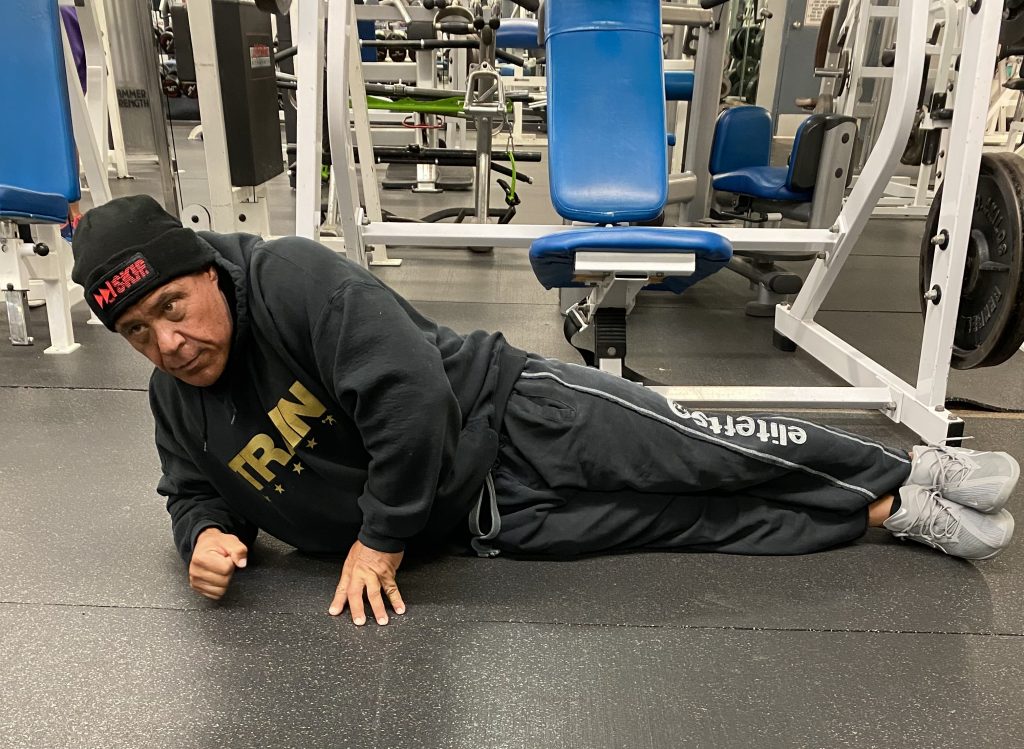
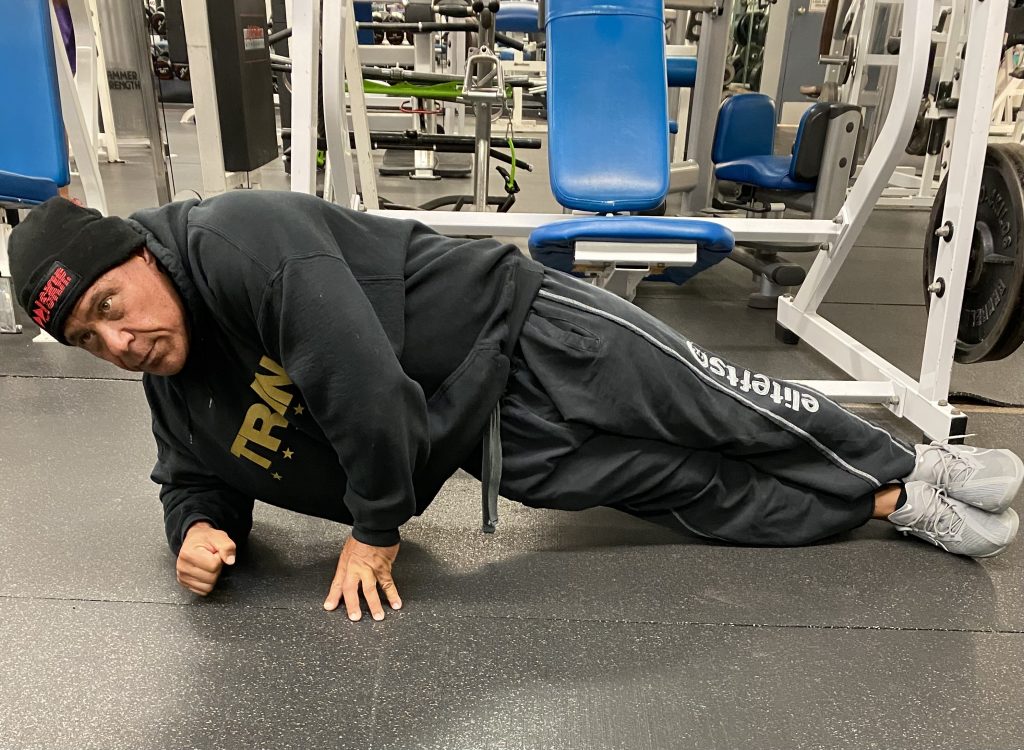
Give these 3 exercises a shot, and you will not only help to guard your lower back from injury, but you will also help to keep your midsection tight and minimize distention.
Get the best resistance bands in the industry by clicking on the link below:
https://www.elitefts.com/shop/bars-weights/bands.html
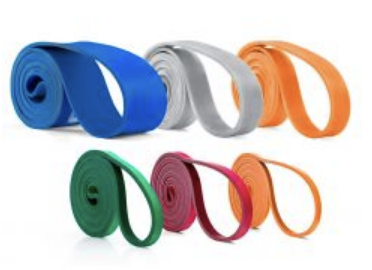









1 Comment